Introduction :
Brief overview of Japanese blueberry trees.
Japanese blueberry trees, scientifically known as Syzygium cumini or Eugenia jambolana, are renowned for their ornamental beauty and edible berries. Native to Japan, these trees belong to the Myrtaceae family and are characterized by their glossy, dark green leaves and small, white flowers that bloom in clusters.
Typically reaching a height of 10 to 20 meters, Japanese blueberry trees have a pyramidal or oval shape, making them a popular choice for landscaping gardens, parks, and urban areas. Their dense foliage provides ample shade and privacy, while their berries offer a delicacy enjoyed by both humans and wildlife.
In addition to their aesthetic appeal, Japanese blueberry trees hold cultural significance in Japan, where they are often associated with prosperity, longevity, and good luck. They feature prominently in traditional gardens, festivals, and folklore, reflecting their respected status as natural treasures cherished by many peoples.
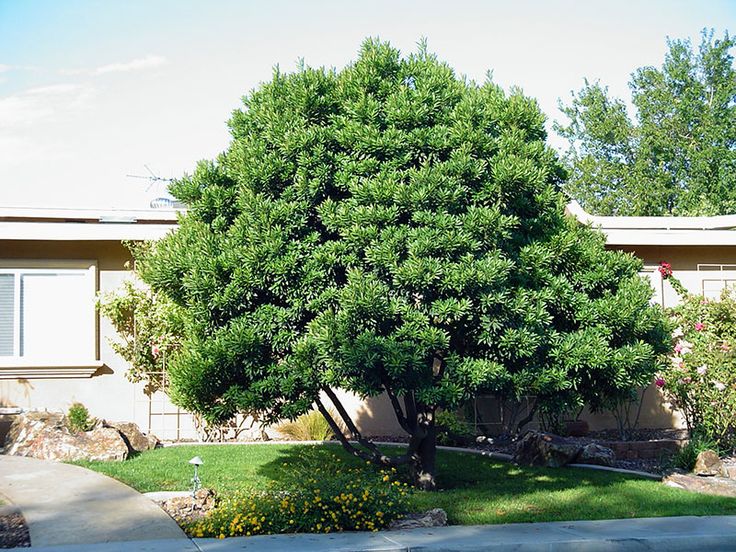
Explanation of why they are considered a natural treasure.
Japanese Blueberry trees are revered as natural treasures because of their extraordinary beauty, cultural significance, and ecological significance. Their charming appearance, including lush foliage and vibrant berries, makes them a beloved feature of landscapes in Japan and beyond.
Additionally, these trees hold deep cultural meaning in Japanese traditions, symbolizing resiliency, longevity, and natural beauty. In addition, Japanese blueberry trees play an important role in supporting biodiversity and ecosystem health, making them invaluable assets to the natural world.
Overall, their combination of aesthetic appeal, cultural significance and ecological contribution elevates them to the status of a cherished natural treasure.
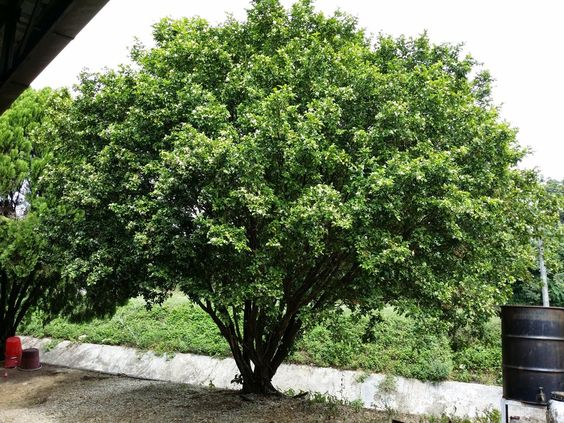
The Beauty of Japanese Blueberry Trees :
Description of the appearance of Japanese blueberry trees.
Japanese blueberry trees are characterized by their lush, glossy green leaves, which offer a wonderful contrast to their smooth, copper-colored bark. These trees generally have a dense, rounded canopy, with gracefully spreading branches outwards.
During spring, Japanese Blueberry trees bloom with clusters of small, fragrant white flowers, adding a touch of beauty to their appearance. As the seasons change, these flowers give rise to small, round berries that ripen from green to dark purple or black, tempting both humans and wildlife with their sweet and tart flavor.
Japanese blueberry trees radiate an aura of natural beauty and tranquility, making them a beloved feature of landscapes and gardens.
Exploration of their unique characteristics, such as foliage and berries.
Japanese blueberry trees exhibit a variety of distinctive characteristics that set them apart. Their foliage is particularly notable, with shiny, dark green leaves that form a lush canopy and provide shade. Additionally, these trees produce small, round berries that turn from green to dark blue-black when ripe.
Berries are not only attractive in appearance, but they also have a unique taste, which is often described as sweet and slightly tart. This exploration will shed light on the unique qualities of their leaves and berries that make them truly remarkable.
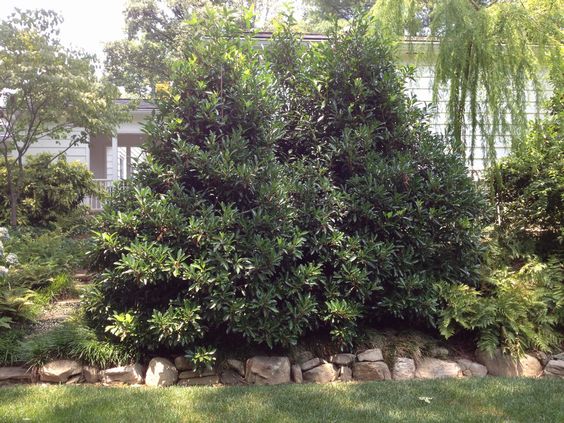
Discuss how they contribute to the aesthetic appeal of landscapes.
Japanese blueberry trees enhance the aesthetic appeal of the landscape through their attractive visual characteristics. With their glossy green leaves and clusters of small, vibrant berries, they add a pop of color and texture to outdoor spaces.
Their lovely shade and graceful branches create an attractive ambiance, whether they are planted as ornamental specimens in gardens, lining paths, or decorating public parks.
The contrast between their lush foliage and delicate flowers during the blooming season adds to their allure, making them a favorite choice for landscape designers and homeowners. Overall, Japanese blueberry trees play an important role in enhancing the beauty and attractiveness of landscapes, contributing to a sense of peace and natural grandeur.
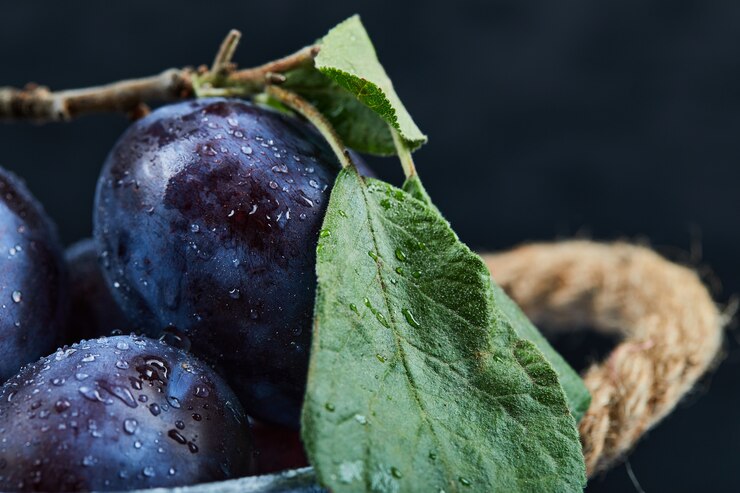
Cultural Significance :
Delve into the historical and cultural importance of Japanese blueberry trees.
Japanese blueberry trees, scientifically known as Vaccinium virgatum, hold important historical and cultural significance. These trees, native to Japan, are revered for their ornamental beauty and symbolic importance in Japanese culture. Historically, they have been cultivated in Japanese gardens and landscapes for centuries, valued for their delicate blue berries and vibrant foliage.
Culturally, Japanese blueberry trees are associated with themes of peace, renewal, and natural beauty. They often feature prominently in traditional Japanese art, poetry, and literature, symbolizing the fleeting beauty of life and the changing seasons. In Japanese aesthetics, the delicate flowers of the blueberry tree are celebrated for their ephemeral beauty, representing the transient nature of existence.
Additionally, Japanese blueberry trees are deeply connected to Japanese religious and spiritual practices. In Japan’s indigenous religion, Shintoism, trees are revered as sacred entities, symbolizing nature’s divine presence. Blueberry trees are often planted near religious sites and temples, serving as sacred symbols of vitality and spiritual connection.
Overall, the historical and cultural significance of Japanese blueberry trees highlights their role not only as botanical specimens but also as powerful symbols of beauty, spirituality, and harmony with nature in Japanese society.
Highlight any folklore, traditions, or rituals associated with these trees in Japan.
In Japan, various folklore, traditions, and rituals are associated with trees, especially with trees such as sakura (cherry blossom), pine, and bamboo. These trees hold cultural significance and are often celebrated through festivals and rituals. For example, cherry blossom viewing, known as hanami, is a cherished tradition where people gather beneath blooming sakura trees to appreciate their beauty.
Pine trees symbolize longevity, strength and good fortune, often seen in traditional Japanese gardens and associated with New Year celebrations. Bamboo is respected for its strength and flexibility, and is used as decoration during various cultural practices, such as tea ceremonies and festivals. These trees hold deep cultural meaning and are woven into Japanese folklore and everyday life.
Discuss their symbolic meaning in Japanese culture.
Discussing the symbolic meaning of something in Japanese culture means exploring its significance beyond its literal interpretation. In Japanese culture, many objects, symbols, and rituals hold deep meanings rooted in tradition, religion, folklore, or historical context. Understanding these symbols provides insight into a culture’s values, beliefs, and attitudes.
For example, the cherry blossom (sakura) symbolizes beauty, transience, and the fleeting nature of life in Japanese culture, while the crane represents longevity, good fortune, and happiness. Exploring these symbols helps one appreciate their cultural significance and influence on various aspects of Japanese society.
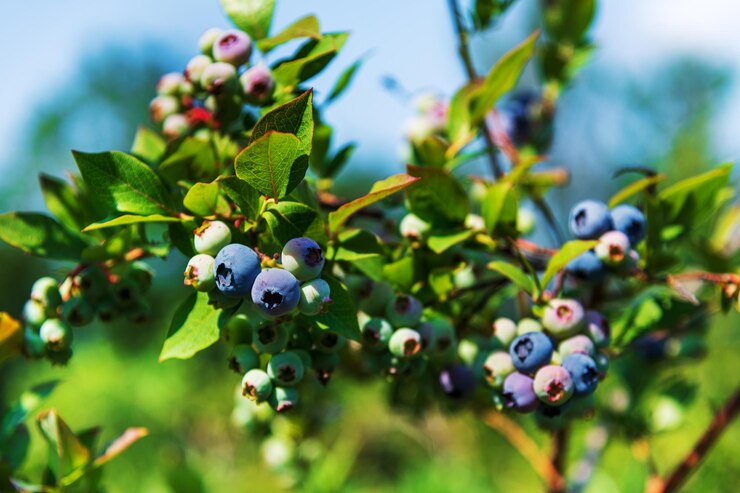
Ecological Importance :
Examine the ecological role of Japanese blueberry tree.
The Japanese blueberry tree, also known as Elaeocarpus decipiens, plays several ecological roles:
- Habitat provider: It serves as habitat and food source for various animals including birds, insects and small mammals.
- Soil Stabilization: Its deep root system helps prevent soil erosion, thus stabilizing the soil in its habitat.
- Oxygen production: Like all trees, it contributes to oxygen production through photosynthesis, which is essential for ecosystem health.
- Carbon sequestration: It absorbs carbon dioxide from the atmosphere and stores the carbon in its biomass, helping to mitigate climate change by reducing greenhouse gas levels.
- Biodiversity Support: By providing shelter and food, the Japanese blueberry tree contributes to the overall biodiversity of its ecosystem, supporting a variety of species. Overall, the Japanese blueberry tree plays an important role in maintaining the health and balance of its ecological community.
Discuss their contributions to biodiversity and ecosystem health.
Discussion of contributions to biodiversity and ecosystem health includes examining how different organisms, habitats, and ecological processes support and enhance the overall balance and stability of ecosystems. This may include:
- Species diversity: Exploring how different species within an ecosystem interact and contribute to its overall health. High species diversity often indicates a healthy ecosystem able to resist environmental changes.
- Ecosystem Services: Examining the role of organisms in providing essential ecosystem services such as pollination, nutrient cycling, water purification, and soil formation, which are vital to sustaining life on Earth.
- Habitat maintenance: Assessing how different species help maintain the structure and function of habitats, which in turn support a wide range of organisms and promote ecosystem resilience.
- Keystone species: Highlighting the importance of certain species, known as keystone species, whose presence has disproportionate effects on ecosystem structure and function. Their loss can cause significant disruptions within the ecosystem.
- Biological interactions: Examining how various interactions between organisms, such as predation, competition, and mutualism, shape biodiversity and contribute to the overall stability of ecosystems.
- Genetic diversity: Recognizing the importance of genetic diversity within species, which allows favorable adaptation to changing environmental conditions and helps maintain the resilience of the overall ecosystem.
By discussing these aspects, one can gain a deeper understanding of how different components of biodiversity contribute to the health and functioning of ecosystems, ultimately emphasizing the importance of conservation and sustainable management practices.
Explore any specific habitats or environments where they thrive.
This point suggests examining the particular habitats or environments where certain organisms thrive. It involves studying the conditions, resources, and interactions within the environments that support these organisms to thrive. Understanding these characteristics can aid in ecological dynamics, biodiversity and adaptation mechanisms, conservation efforts, and ecosystem management.
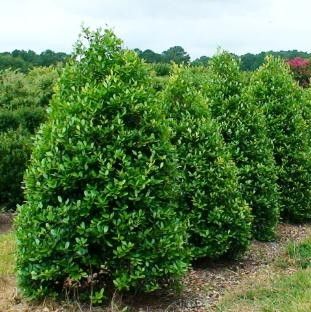
Health Benefits and Culinary Uses
Outline the nutritional value of Japanese blueberries.
The point “Find a specific habitat or environment where they thrive” suggests delving deeper into the particular places where certain organisms thrive. It involves examining the unique conditions, resources, and interactions present in these habitats that support the growth, reproduction, and survival of organisms. By understanding these environments, scientists can gain information about the ecological dynamics, adaptation strategies, and conservation needs of species within them.
Discuss their potential health benefits, such as antioxidants and vitamins.
When discussing the potential health benefits of a particular food or substance, such as fruits, vegetables, or supplements, it is important to consider components such as antioxidants and vitamins. Antioxidants help neutralize harmful molecules called free radicals, which can damage cells and contribute to various diseases. Vitamins play important roles in bodily functions, such as supporting the immune system, producing energy, and maintaining healthy skin, bones, and organs. Therefore, highlighting these components highlights the positive impact a particular food or substance can have on overall health and well-being.
Explore traditional and modern culinary uses of Japanese blueberries in Japanese cuisine.
Exploring the traditional and modern culinary uses of Japanese blueberries in Japanese cuisine includes understanding how these berries are incorporated into various dishes and recipes. Traditionally, Japanese blueberries may have been used in sweets such as wagashi (traditional Japanese sweets) or as a garnish for savory dishes. In modern cuisine, they can be used in a wide range of applications, such as in salads, smoothies, sauces, or even as part of innovative fusion dishes combining Japanese and Western culinary elements. It is important to experiment with different cooking techniques and flavor combinations to showcase the unique flavor and versatility of Japanese blueberries while respecting traditional culinary principles.
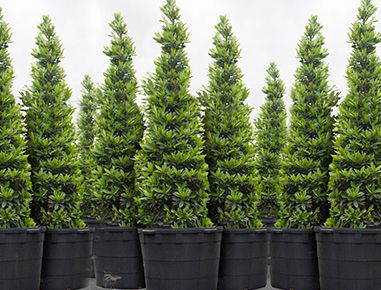
Growing and Caring for Japanese Blueberry Tree
Provide tips for growing and caring for Japanese blueberry tree, including optimal growing conditions and maintenance.
Here are some tips for growing and caring for a Japanese blueberry tree:
1. Optimum Growing Conditions:
- Japanese blueberry trees prefer well-drained soil with slightly acidic to neutral pH levels.
- They thrive in full sun to partial shade, although they can tolerate some shade.
- Make sure the tree has enough room to spread its roots, as they can get quite large.
2. Give Water:
- Water deeply and regularly, especially during hot and dry periods, to keep the soil consistently moist but not waterlogged.3
3. Fertilizing:
- Fertilize the tree with a balanced fertilizer in spring and early summer to promote healthy growth.
4. sorting out:
- Prune the tree in late winter or early spring to remove dead or diseased branches and shape the tree if necessary.
5. Pest and disease control:
- Keep an eye out for common pests like aphids, scale insects and caterpillars and treat them promptly if necessary.
- Japanese blueberry trees are generally resistant to diseases, but regular monitoring is still recommended.
6. Mulberry:
- Apply a layer of organic mulch around the base of the tree to help retain moisture, suppress weeds, and regulate soil temperature.
7. Protection from extreme conditions:
- Protect the tree from high winds and extreme cold in winter by providing a windbreak or wrapping the trunk with burlap.
By following these tips, you can ensure the healthy growth and maintenance of your Japanese blueberry tree, allowing it to thrive and provide beauty to your garden or landscape.
Discuss any challenges or common issues related to the cultivation of these trees.
When discussing challenges or general issues related to tree farming, it is important to consider factors such as environmental conditions, pests and diseases, soil quality and human interference. Here are some key points:
- Climate and Environment: Different tree species have specific climatic and environmental requirements. Challenges can arise when trying to grow trees in areas where the climate is not suitable or where there are extreme weather conditions such as drought, flood or frost.
- Pests and diseases: Trees are susceptible to various pests and diseases that can weaken or kill them. Common pests include insects such as aphids, borers and caterpillars, while fungal infections and diseases such as bacterial blight can also pose a significant threat.
- Soil quality and nutrient deficiencies: Trees require healthy soil with adequate nutrients for optimal growth. Poor soil quality, compaction or lack of nutrients can hinder the growth and development of trees. Soil erosion and salinity are also common soil challenges.
- Competition and crowding: In natural settings or crowded urban environments, trees may face competition from other vegetation for resources such as sunlight, water, and nutrients. Overcrowding can stunt growth and increase the risk of diseases.
- Human Activities: Human activities such as deforestation, urbanization, pollution and improper land management practices can adversely affect tree cultivation. Clearing land for agriculture, construction, or infrastructure development can lead to habitat loss and fragmentation, disrupting ecosystems and threatening tree populations.
- Invasive species: Invasive plants and animals can out-compete native tree species, disrupting ecosystems and introducing new pests and diseases. Controlling invasive species often requires extensive management efforts and can be challenging.
- Genetic diversity: A lack of genetic diversity within tree populations can increase their susceptibility to diseases and environmental stresses. Maintaining a diverse gene pool through conservation and selective breeding programs is essential for the long-term health and resilience of tree species.
Addressing these challenges requires a comprehensive understanding of the specific needs of each tree species, as well as implementing sustainable land management practices, integrated pest management strategies, and conservation efforts to ensure the continued health and vitality of tree populations. .

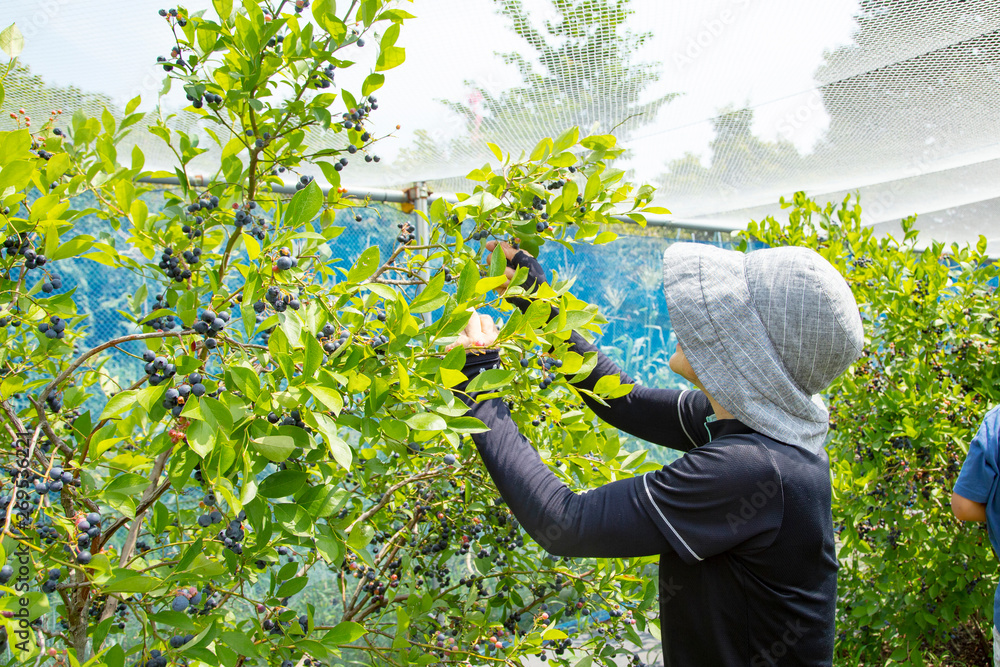


Hi this is the best site